As team members, your employees can work individually and together to reach a common goal. The personal growth of each employee contributes to the success of the entire business.
The acknowledgment of an employee’s talents and successes in fulfilling their job responsibilities builds their confidence, which increases employee retention and morale.
An Akumina study showed that millennials favour moving from one job to another. Empowering employees, especially younger workers susceptible to position hopping, to succeed in their current roles and ultimately move up could reduce this turnover.
There are numerous ways for employees to pursue professional development. Follow these steps to find the program – or combination of programs – that works best for your team, according to Business News Daily.
1. Consult employees about their developmental needs.
Addressing skill gaps among employees is essential for business owners and managers. You and your team managers or HR representatives should meet with your employees regularly to discuss their job performance and areas where professional development would benefit them and the company. The conversation should include suggestions for improvement, showing the employee the company cares about them and their future.
Additionally, bouncing professional development ideas around the office empowers employees to play an essential role in the program while encouraging personal and professional growth.
2. Form partnerships with other companies and industry speakers.
Businesses should consider forming partnerships or providing access to workplace education, like online lessons and in-house training sessions. You could also turn to online industry offerings or connect with experts in your field.
3. Use technology to your advantage.
Employees must keep pace with societal and technological developments. Since rapid technology advancements impact most industries, professionals with diverse skills and abilities offer more flexibility and value to employers than those whose learning stagnates.
With the advent of technology and online learning, it’s easier and more inexpensive than ever to foster a culture of learning in the workplace.
4. Create an internal mentorship program.
Employers should arrange brainstorming groups or mentorship programs to help staffers connect.
5. Start an ongoing lunch-and-learn program.
Get an expert speaker or knowledgeable team member to teach your employees in an informal lunch setting. The expert can present to the team, and then employees can engage in a creative discussion with the expert, gaining front-row knowledge on a specific topic. This tremendous monthly event can help educate employees without wasting too much time. Many companies pay for lunch for the employees to eat while listening to the speakers, which gives staff an incentive to come and an even more positive association with the sessions.
6. Encourage active participation.
While some staffers welcome professional development opportunities, others might be reluctant. As an employer, you should encourage educational pursuits in and out of the workplace. You could also organize initiatives to stimulate new ideas.
Credit: Business News Daily


No responses yet